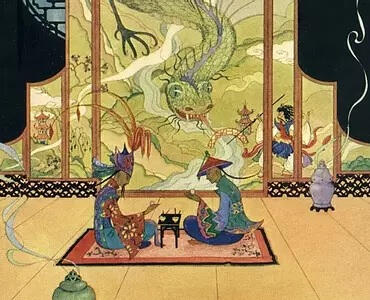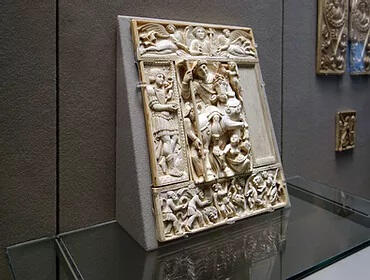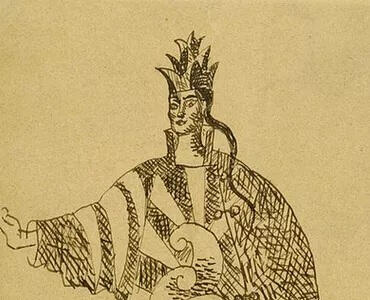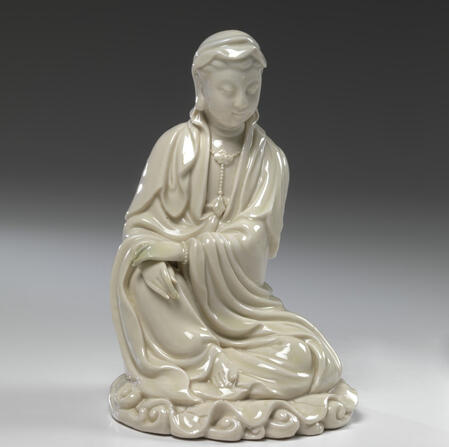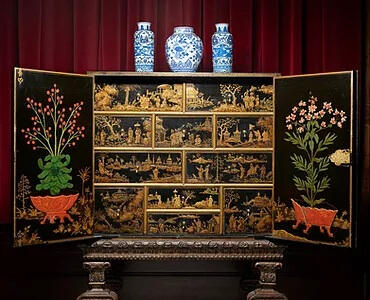
Ani Margaryan
Art Historian, Researcher & Professor

Biography
Ani is an Art Historian and Professor living in China. She is doing her second PhD at Nanjing Normal University, Fine Arts Department and is also a Lecturer at the same University. She has been recently exploring the changes and challenges within the art world.
ARTICLES
Chinese Themes in Early American Art
Theodore Wores’s art helped to form a positive image of Chinese people in 19th century America. This article is an in-depth analysis of American artist Theodore Wores' contribution to the rise of, coinage and extension of Chinese subject matters in American art history. It is also a rare attempt to represent the complete set of his artworks on Chinese themes. The main challenge to bring this work to the art world, is that the location of the majority of his Asian-inspired canvases remains unknown, with only photographic records of the pieces in existence
Art of Coronavirus period: Interpretations of
Chinese artists
Art with its all possible forms and disciplines (visual and performing arts, ancient and contemporary) and without supportive intermediaries (museums, galleries, exhibition and concert halls) has leading positions in everyone’s life in lockdown, as if carrying on its shoulders a mission of enlightenment, evoking humanism, sense of equality, keeping human beings spiritually and mentally healthy in these difficult times. The majority of the works carries the hidden message of the idea that China would or has already overcome the coronavirus outbreak by its own efforts, focusing rather at the triumphal end of the fight against the virus, than the process of the struggle itself.
The Princess & Chinese Dragons: The world of the short-lived American female illustrator Virginia Frances Sterrett
Despite her 30 years of earthly life, American illustrator Virginia Frances Sterrett whose career spans within the framework of Golden Age of Illustration, has earned her place in the history of US female illustrators by her vivid imagination, intricate designs and unexpected mashes of Western and Eastern motifs.
The hidden messages in
early Byzantine art & the Barberini Ivory
The Barberini ivory is a Byzantine art ivory leaf from an imperial diptych dating from Late Antiquity, now in the Louvre in Paris. This is the only near-complete leaf of an imperial diptych to have come down to us and one of the most well-known artworks of the Byzantine Empire. It owes its name to Cardinal Barberini, to whom Peiresc gave it as a gift, on the back is a list of Barbarian kings and officials of the region, so the early researchers called it also “Barbarianivory.” The artwork was created in the Byzantine Empire in the first half of the sixth century; this period is marked with the rule of Justinian the First Great (527-565).
The lifespan of one illustration of Picasso - from its creation to the employment on stage and further interpretations
It’s quite rare in the history of illustrative art and stage design to trace the entire path of the artwork- from bringing it to life as a sketch, to its appearance as a costume photographed onto the actor during the opening performance, and, eventually, as a direct source of inspiration for artists- spectators.
© Ani Margaryan. All rights reserved.


